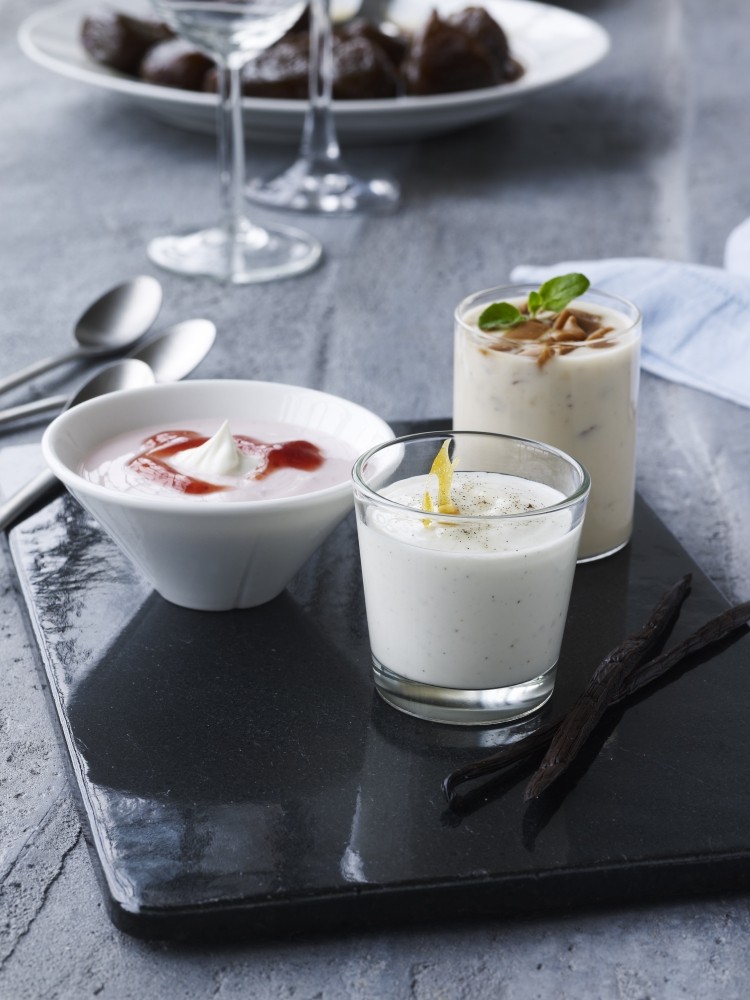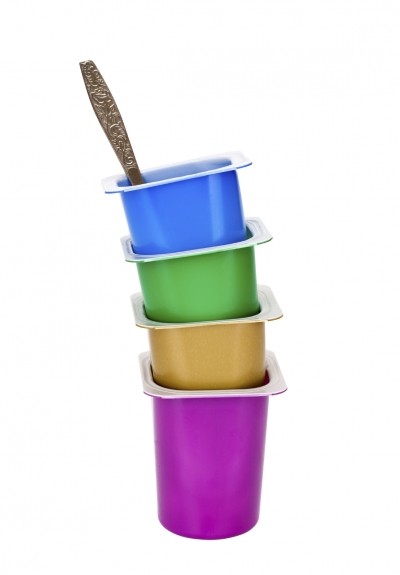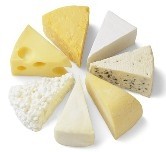Danish producer claims poor mouthfeel of low-fat yoghurt licked

The bioscience firm said it has expanded its YoFlex and nu-trish yoghurt cultures line by seven new cultures - three of which have probiotic strains - to improve the taste and mouthfeel of reduced fat versions while also meeting the demand for clean label, healthy and indulgent products.
Chr. Hansen said sensory panel testing indicates its latest cultures improve consumer fat perception in low and in medium fat products.
And by making cultures that ‟do all the tricks” from flavour to tast and to textures, yoghurt makers can now cut down on the use of additional ingredients and stick to milk, cultures and fruit, thus adhering to clean label demands, claims the Danish firm.
Novel flavour notes
As well as the cultures with the BB-12 probitotic strain, the ingredients producer said it has developed creamy and premium strains that deliver on the taste, texture and creaminess normally provided by fat and additives.
‟The premium cultures are based on traditional yoghurt flavours, while the creamy ones have a novel flavour dimension - fat associated flavour notes derived from lactic acid bacteria that were generated through extensive work with sensory panel testers,” said Ditte Marie Folkenberg, senior manager, fermented milk & probiotics at the group.
‟The development work was based around 0.1% fat based yoghurts but we played around a lot with the cultures so that they are equally applicable in higher fat yoghurt categories - 2 to 3% - such as in the dessert segment,” she added when speaking to FoodNavigator.com.
Folkenberg said the cultures can also be used in the Greek yoghurt category - a rapidly expanding segment.‟The effect of the cultures is more pronounced in Greek yoghurt containing 1 to 2% fat but they can be used in the ’no fat to 10% fat’ range in this category,” she added.
Texture building blocks
Development work on the cultures, added the product manager, involved the screening of thousands of strains for texture building blocks and flavour compounds.
Chr. Hansen estimates that only 20% of the global yoghurt market is made up of the low-fat category and it reckons that the segment has not grown as significantly as it could do so - given the demand for healthier dairy products.
It puts this down to the low quality of existing offerings in terms of taste and texture, and Folkenberg said the new cultures had been designed to counter this.
“Using exopolysaccharides (EPS), we chose strains that would boost the viscosity and gel firmness of low-to-medium fat yoghurts to counter the thin, watery mouthfeel consumers associate with standard reduced fat versions.
We identified the most promising candidates and then mixed them in different combinations using robot-based handling of mini-scale yoghurts, which enabled a fast evaluation of a very large number of products,” continued the product manager, who added that field trials with lead customers also produced very positive results.








